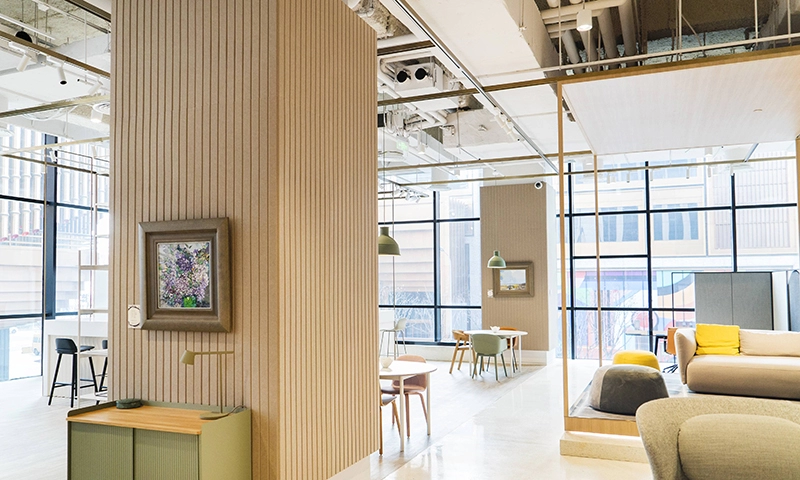Unveiling the Smart Home: A Comprehensive Guide to the Most Commonly Controlled Devices
In the era of technological advancements, smart homes have become increasingly popular, offering convenience, efficiency, and enhanced security. With the ability to control various devices remotely, smart homes have revolutionized the way we interact with our living spaces. In this article, we will explore the most commonly controlled devices in a smart home, providing valuable insights into their functionalities and benefits.
- Lighting Systems:
One of the fundamental aspects of a smart home is the ability to control lighting systems. Smart bulbs, switches, and dimmers allow users to adjust the brightness, color, and scheduling of lights through voice commands or smartphone applications. With the integration of motion sensors, lights can automatically turn on or off when someone enters or leaves a room, enhancing energy efficiency and security. - Thermostats:
Smart thermostats offer precise control over heating, ventilation, and air conditioning (HVAC) systems. These devices learn user preferences and adjust temperature settings accordingly, optimizing energy consumption and reducing utility bills. With the ability to remotely control and schedule temperature changes, users can ensure a comfortable environment upon arrival while minimizing energy waste. - Security Systems:
Smart home security systems provide comprehensive protection against intruders, fire, and other emergencies. These systems typically include smart door locks, surveillance cameras, motion sensors, and alarm systems. Users can monitor their homes in real-time, receive instant notifications, and even remotely grant access to visitors. Integration with voice assistants enables seamless control and monitoring, ensuring peace of mind. - Entertainment Systems:
Smart home entertainment systems offer a personalized and immersive experience. From voice-controlled televisions and sound systems to streaming devices and gaming consoles, these devices can be seamlessly integrated into a smart home ecosystem. Users can control their favorite media content, adjust volume levels, and even create customized playlists, all with a simple voice command or through a centralized control panel. - Kitchen Appliances:
In a smart kitchen, various appliances can be controlled to enhance convenience and efficiency. Smart refrigerators can monitor food inventory, suggest recipes based on available ingredients, and even place online grocery orders. Smart ovens and coffee makers can be preheated or brewed remotely, ensuring a hot meal or a fresh cup of coffee upon arrival. Additionally, voice-controlled kitchen assistants can provide recipe recommendations and cooking instructions. - Home Automation Hubs:
To streamline the control of multiple devices, home automation hubs serve as the central command center of a smart home. These hubs, such as Amazon Echo or Google Home, integrate various devices and allow users to control them through a single interface. By voice commands or smartphone apps, users can control lights, adjust temperatures, lock doors, and perform other tasks effortlessly.
Conclusion:
As technology continues to advance, the range of devices that can be controlled in a smart home continues to expand. From lighting and thermostats to security systems, entertainment devices, kitchen appliances, and home automation hubs, the possibilities are endless. By embracing the convenience and efficiency offered by smart homes, individuals can transform their living spaces into futuristic, interconnected environments that cater to their every need.




